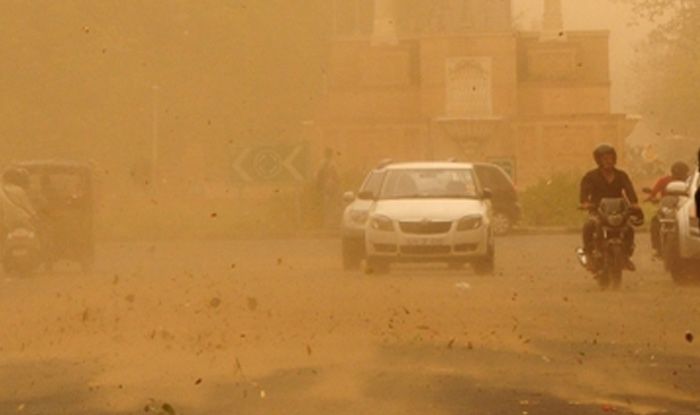Multiple factors lined up perfectly to cause the widespread thunderstorms and dust storms that claimed more than 110 lives across Uttar Pradesh, Rajasthan and Uttarakhand on Wednesday, Met officials said. At several places, the storms were more intense than predicted.

While squalls and dust storms are a common April-May phenomenon in north India as a result of high heat, what gave Wednesday’s storms more destructive power was their association with a western disturbance (WD), Met officials said. “The thunderstorms coincided with a passing WD which provided moisture and unstable conditions, leading to storms across a wide area,” said K G Ramesh, director general of India Meteorological Department.
The department had issued alerts for “isolated heavy thunderstorms” in the region with wind speeds of 40-50kmph. But winds reportedly reached higher speeds at several places. “This can happen due to local gustiness within the zone of precipitation. These are accentuated by land features which enable winds to reach higher speeds due to tunneling effect. Generally, the winds were within the range we had forecast” Ramesh said.
“Four weather conditions need to come together for thunder squalls to take place. One, there should be adequate heating of the land; two, there must be moisture in the air; three, the atmosphere should be unstable and, four, there must be a triggering mechanism,” said M Mohapatra, DGM, IMD. All these conditions were met on Wednesday, Mohapatra said.
“Surface temperatures were high and moist easterly winds were blowing up to Himachal Pradesh. The atmosphere was unstable and a cyclonic circulation over Haryana and its neighbourhood provided the trigger for the storms,” he said.
“It is generally accepted that the frequency of extreme events will increase as a result of global warming,” Ramesh said. However, other officials said no specific study had been conducted yet the effect of warming on the severity and frequency of thunderstorm activity in India.
Source: https://timesofindia.indiatimes.com/